RFID vs Barcode: Which is Right for Your Business?
Efficient asset and inventory tracking is crucial for modern businesses, whether in retail, logistics, healthcare, or manufacturing. Two dominant technologies dominate this space: barcodes and RFID (Radio Frequency Identification).
But which one is better for your business?
This in-depth comparison covers:
✅ How barcodes and RFID work
✅ Key differences in speed, cost, and functionality
✅ Industry-specific recommendations
✅ When to use RFID, barcodes, or both
By the end, you’ll know which technology (or combination) best fits your operational needs.
1. How Barcodes and RFID Work
Barcode Technology
-
Uses optical scanning to read black-and-white lines (1D barcodes) or squares (2D QR codes).
-
Requires direct line-of-sight (scanner must "see" the barcode).
-
Low-cost and widely adopted since the 1970s.
RFID Technology
-
Uses radio waves to read data stored on RFID tags.
-
No line-of-sight needed (tags can be read through packaging, inside boxes, or even embedded in products).
-
Enables bulk scanning (multiple tags at once).
| Feature | Barcodes | RFID |
|---|---|---|
| Read Method | Optical scan | Radio waves |
| Line-of-Sight Required? | Yes | No |
| Read Speed | 1-2 seconds per scan | 100+ tags per second |
| Max Read Distance | Inches | Up to 15 meters (UHF RFID) |
| Durability | Easily damaged | Rugged (waterproof, dustproof) |
| Data Storage | Limited (ID only) | High (rewritable, sensor data) |
2. Key Differences: RFID vs Barcode
① Scanning Speed & Efficiency
-
Barcodes: Must be scanned one at a time, slowing down inventory checks.
-
RFID: Can scan dozens (or hundreds) of items simultaneously, ideal for fast-moving environments like warehouses.
Winner: RFID for bulk scanning, barcodes for simple, low-volume tasks.
② Cost Comparison
-
Barcodes:
-
Cheap labels ($0.01 - $0.10 per barcode)
-
Scanners start at $50 (basic models)
-
-
RFID:
-
Tags cost $0.10 - $50+ (depending on type)
-
Handheld RFID scanners start at $500+
-
Winner: Barcodes for budget-conscious businesses, RFID for high-efficiency needs.
③ Data Capacity & Flexibility
-
Barcodes: Store only a product ID (must link to a database).
-
RFID: Can store detailed info (serial numbers, maintenance history, temperature logs).
Winner: RFID for complex tracking, barcodes for basic identification.
④ Durability & Environmental Resistance
-
Barcodes: Easily damaged by tears, moisture, or dirt.
-
RFID: Works in harsh conditions (dusty, wet, or oily environments).
Winner: RFID for industrial use, barcodes for clean, controlled settings.
⑤ Security & Anti-Counterfeiting
-
Barcodes: Easy to copy or fake.
-
RFID: Offers encrypted, unique identifiers, making it harder to counterfeit.
Winner: RFID for high-security needs (pharma, luxury goods).
3. Industry-Specific Recommendations
🛒 Retail & E-Commerce
-
Barcodes: Best for small retailers (low cost, simple POS systems).
-
RFID: Ideal for large apparel chains (fast inventory checks, anti-theft).
🏭 Manufacturing & Warehousing
-
Barcodes: Useful for low-mix production lines.
-
RFID: Superior for automated inventory, tool tracking, and work-in-progress monitoring.
🚚 Logistics & Supply Chain
-
Barcodes: Common for basic parcel tracking.
-
RFID: Essential for pallet-level tracking, cross-docking, and real-time visibility.
🏥 Healthcare
-
Barcodes: Used for patient wristbands, medication labeling.
-
RFID: Critical for surgical instrument tracking, pharmaceutical anti-counterfeiting.
📚 Libraries & Document Management
-
Barcodes: Standard for book checkouts.
-
RFID: Enables self-checkout, anti-theft, and faster inventory audits.
4. Can You Use Both RFID and Barcodes?
Many businesses combine both technologies for optimal efficiency:
-
RFID for bulk scanning (warehouse receiving, retail inventory).
-
Barcodes for individual item checks (POS, last-mile delivery verification).
Example Hybrid Use Case:
-
A retail store uses RFID for backstock inventory but barcodes at checkout.
-
A hospital tracks medical equipment with RFID but uses barcodes for patient IDs.
5. Future Trends: Will RFID Replace Barcodes?
While RFID adoption is growing, barcodes won’t disappear soon because:
✔ Extremely low cost
✔ Universal compatibility
✔ Simple implementation
However, RFID will dominate in:
✔ High-speed logistics
✔ Automated manufacturing
✔ Smart retail
6. Making the Right Choice for Your Business
Choose Barcodes If You Need:
✅ Low-cost solution
✅ Simple item identification
✅ Basic POS or inventory tracking
Choose RFID If You Need:
✅ High-speed bulk scanning
✅ Durable tracking in harsh environments
✅ Advanced data storage & security
Consider a Hybrid System If You:
✅ Have mixed scanning needs
✅ Want to phase in RFID gradually
Conclusion
There’s no one-size-fits-all answer—barcodes and RFID each excel in different scenarios.
-
Small businesses? Start with barcodes.
-
Large-scale operations? RFID delivers ROI through automation.
-
Need both? A hybrid approach may be ideal.
Need help deciding? Contact our experts for a free consultation on the best tracking solution for your business.
🔗 Further Reading:
Want a cost-benefit analysis for your business? Get in touch today!
No comments


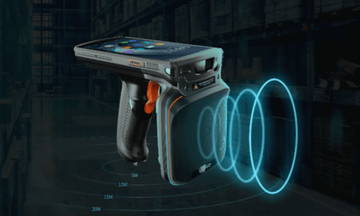



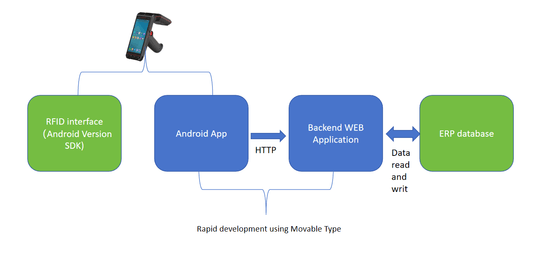
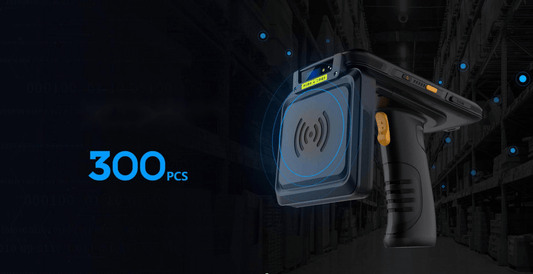


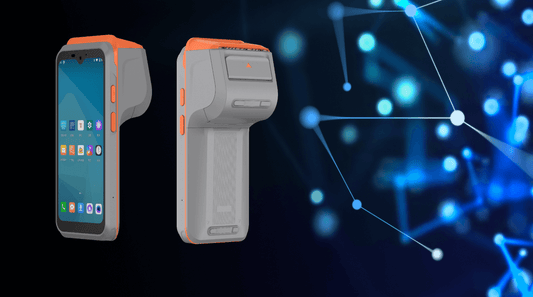
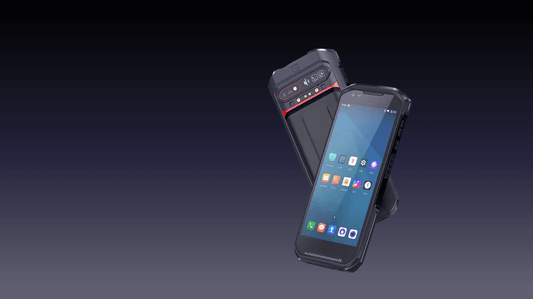
0 comments